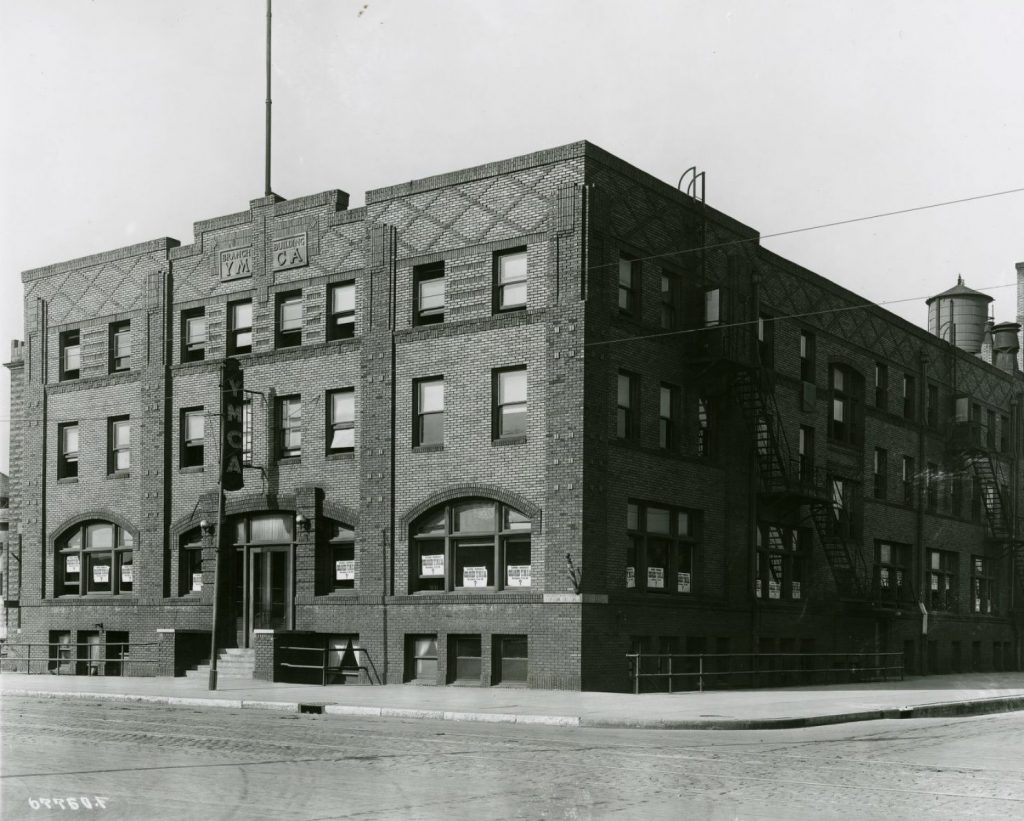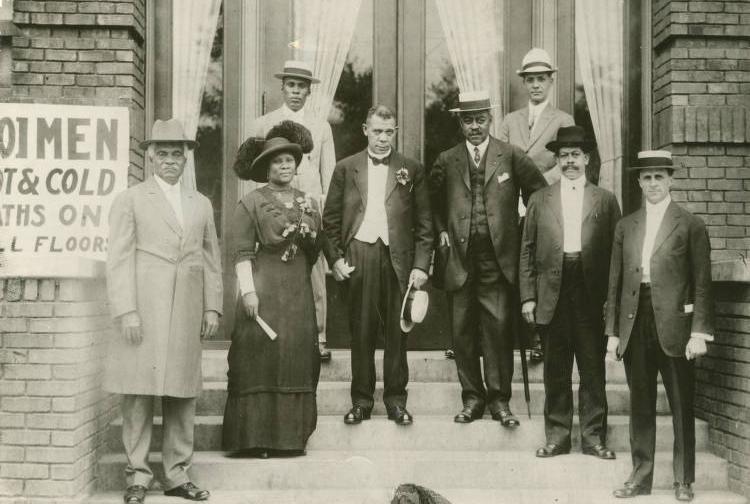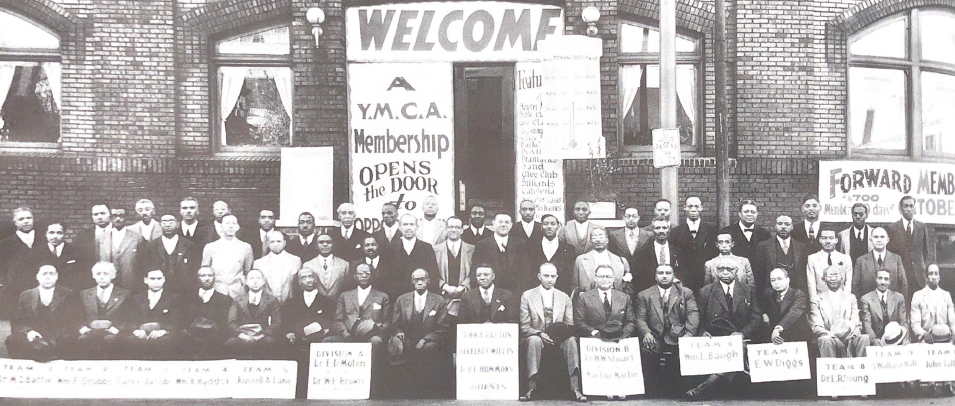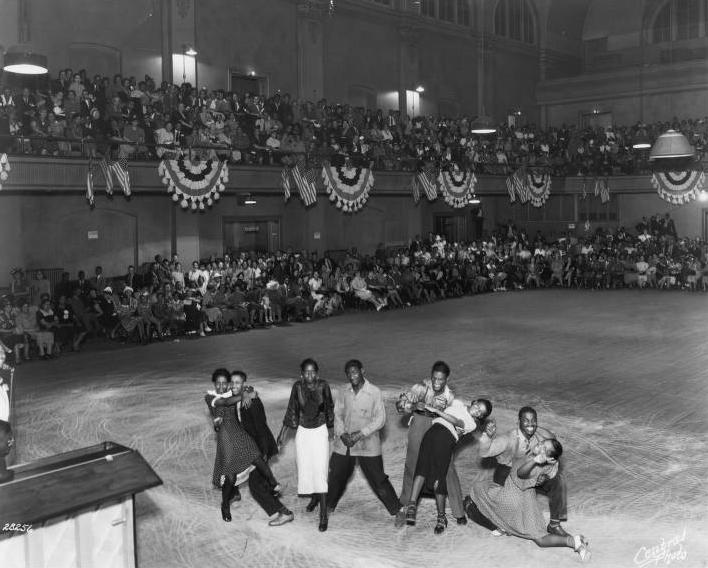Early in 1900, white officials of the Indianapolis YMCA asked the national association for help in establishing a segregated branch to serve the city’s Black population. Jesse E. Moorland, one of two Black officials of the national YMCA, visited Indianapolis and recommended the preliminary organization of a “Young Men’s Band.”

Also in 1900, Henry L. Hummons and Dan H. Brown, two African American physicians, organized a small group of African American men at the Ninth Presbyterian Church. The men discussed the lack of “wholesome recreational facilities” in Indianapolis. The group then established a Young Men’s Prayer Band in December 1900. The Indiana YMCA recognized the group in 1902, and in 1910 this “Young Men’s Prayer Band” became the African American YMCA of Indianapolis.
During its first decade the group met in private homes, various churches, and the Flanner Guild (today ), a deserted neighborhood house. In 1910 Julius Rosenwald, president of Sears, Roebuck & Company, offered to contribute $25,000 to every African American YMCA able to raise $75,000 for a building. By October 1911, Black and white YMCA members had launched a fundraising campaign in Indianapolis and within 10 days they had received pledges exceeding $100,000.

The cornerstone of the African American YMCA building was laid at Michigan Street and Senate Avenue in October 1912. Booker T. Washington came to Indianapolis the following July to speak at the dedication of the building.
The Senate Avenue YMCA offered a variety of cultural, recreational, religious, and physical exercise programs, as well as educational classes and dormitory facilities. YMCA officials assisted schoolteachers in providing young African American men with vocational guidance and negotiated with white employers to promote better race relations.

In 1904 the Senate Avenue YMCA had initiated “Monster Meetings,” an annual series of public lectures that brought nationally known speakers to Indianapolis. These speakers included Paul Robeson, W. E. B. Du Bois, Eleanor Roosevelt, Adam Clayton Powell, Jackie Robinson, and Thurgood Marshall.
Throughout the first 50 years of its existence, the Senate Avenue branch had the largest membership of any African American YMCA in the country. Membership rose steadily, from 17 in 1904 to 3,000 during World War II.

In 1946 the national YMCA ended its policy of segregation and urged local branches to integrate their facilities. In 1959 the YMCA branch moved to a new location at West 10th Street and Fall Creek Parkway and changed its name to the Fall Creek YMCA. Although no longer segregated, the Senate Avenue YMCA continued to serve a predominantly Black membership even after these changes.
The Fall Creek location remained in continuous use for the remainder of the 20th century. However, the city’s demographics changed and the Fall Creek YMCA’s location was no longer feasible. In 2002 this location closed, but many of its traditions, such as the Good Friday Prayer breakfast have continued at other locations. Multiple YMCA facilities have opened to fill the gap that was left by the closing of the Fall Creek YMCA.

Help improve this entry
Contribute information, offer corrections, suggest images.
You can also recommend new entries related to this topic.
